Why This Distinction Matters: Clarity Over Confusion
The buzz surrounding artificial intelligence tends to overshadow the launch of automated intelligence. While both technologies are good for advancing business outcomes, they are governed by different principles.
Automated intelligence optimizes workflows and decision-making through analytics and automation; artificial intelligence applies adaptive cognitive capability to emulate human thinking. If leaders view these two paradigms as the same technology, they run the risk of creating strategies that are not aligned, under-spending or over-spending for a technology that won’t address the issue correctly, and delaying transformation.
By establishing the outer bounds of these two technologies, leaders can better align outcomes to investment and ultimately deploy each technology for its intended strengths and benefits.
Defining the Two Concepts: Automated Intelligence vs. Artificial Intelligence
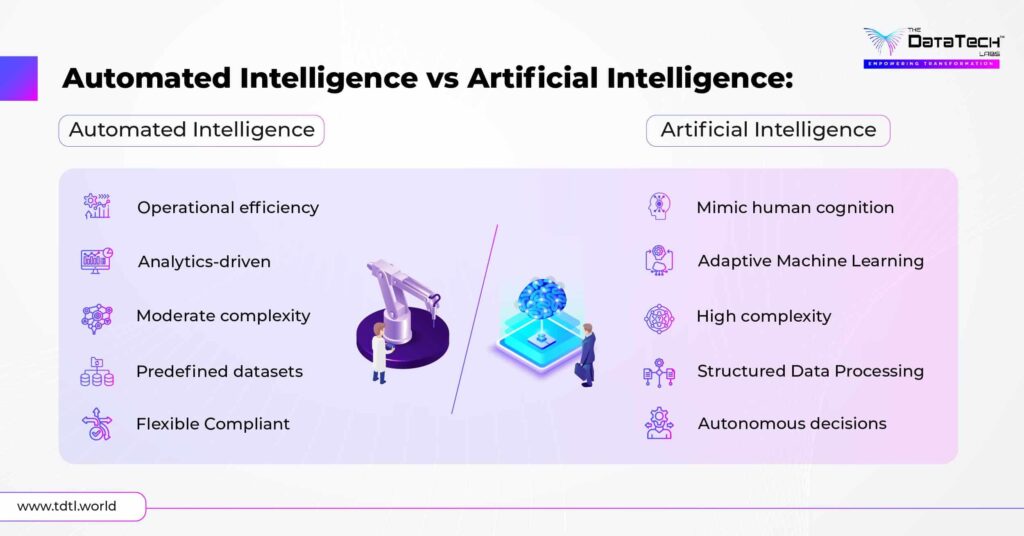
What Is Artificial Intelligence?
AI, at its core, reflects machines simulating human-like intelligence. These systems learn, reason, and predict using data and move past simple rule execution. They will learn, adapt, and evolve over time, and with more data they will improve performance beyond simple coded instructions. The very nature of learning and adapting is what distinguishes AI from traditional automation. Unlike traditional automation, AI can recognize patterns, predict outcomes, and make contextual decisions that reflect some aspects of human thinking.
Core capabilities of AI include
- Pattern Recognition: Detecting anomalies, correlations, or hidden structures in large datasets.
- Natural Language Processing (NLP): Understanding and generating human language.
- Computer Vision Interpreting visual data such as images, videos, or scans.
- Predictive Analytics: Anticipating outcomes based on historical and real-time inputs.
In practice, AI is adaptive; it grows smarter with use.
What Is Automated Intelligence?
Positioned between analytics and automation, this alternative lets systems conduct activities, analyze data, and deliver insights with limited human engagement. Unlike traditional automation that executes pre-determined ‘if-then’ commands, which can be imprecise, it employs a data-driven decision-making framework that enhances processes and efficiencies. Rather than executing as instructed, these systems use feedback loops that permit better refinement and adaptation to each context, ultimately resulting in a more intelligent response than a standard automation model.
Think of it as automation with a feedback loop:
- Collect data from processes.
- Apply predefined models or rules.
- Generate insights or trigger automated actions.
- Continuously refine based on outcomes.
Automated intelligence isn’t designed to replicate human thinking; instead, it optimizes workflows and accelerates decision-making.
Automated Intelligence vs Artificial Intelligence: The Core Differences
| Dimension | Automated Intelligence | Artificial Intelligence |
| Primary Purpose | Streamline operations and support decisions | Mimic human cognition and learning |
| Approach | Pre-programmed rules enhanced by analytics | Machine learning and adaptive algorithms |
| Complexity | Low to medium | High (requires training data, model design) |
| Data Dependence | Uses structured, predefined datasets | Can process structured + unstructured data |
| Decision-Making | Follows rules with minor adaptability | Makes context-aware, autonomous decisions |
| Examples | Automated dashboards, RPA with analytics, reporting tools | ChatGPT, fraud detection, self-driving cars |
Real-World Examples: Seeing the Difference in Action
| Vertical | Automated Intelligence | Artificial Intelligence |
| Customer Service | A dashboard that categorizes customer inquiries, routes them to the right department, and generates FAQ responses. | A virtual assistant that interprets customer intent, adapts responses based on context, and learns from each interaction. |
| Financial Services | Tools that automatically generate compliance reports based on transactions. | Fraud detection engines that identify suspicious activity by learning from new transaction patterns. |
| Healthcare | Systems that schedule patient appointments, manage billing, and ensure paperwork accuracy. | Diagnostic tools that analyze medical imaging, predict disease progression, and recommend treatments. |
When to Choose Automated Intelligence vs Artificial Intelligence
| Automated Intelligence is best for: |
|
| Artificial Intelligence is best for: |
|
The Convergence: Why You Actually Need Both
The debate isn’t about choosing one over the other. Forward-looking enterprises combine automated intelligence and artificial intelligence into a layered model:
- Automation handles routine tasks (data entry, scheduling, reporting).
- Automated intelligence optimizes processes with analytics-driven feedback loops.
- Artificial intelligence powers adaptive insights — predicting demand, personalizing experiences, and making autonomous decisions.
Think of it as a pyramid: automation is the foundation, automated intelligence adds structure, and artificial intelligence is the brain at the top.
Challenges in Differentiating (and Deploying)
Executives often run into three pitfalls when implementing these systems:
- Overestimating AI’s readiness: Many assume AI is plug-and-play, but it requires large, clean datasets and continuous tuning.
- Underestimating automated intelligence: Leaders may see it as “basic automation” when in fact it delivers immediate ROI by improving efficiency.
- Misaligned expectations: Deploying AI when automated intelligence is sufficient often leads to cost overruns and frustration.
The smart play is sequencing: start with automated intelligence, then evolve toward AI.
The Future Landscape: Automated Intelligence as the Bridge to AI
Over the next five years, expect a hybrid future:
- Automated intelligence will dominate enterprise adoption as companies focus on efficiency and governance.
- Artificial intelligence will expand in strategic domains where adaptability and prediction are critical.
- Together, they will lead to autonomous business operations — systems that optimize themselves with minimal human oversight.
The winning strategy for enterprises is not to ask “Which should we choose?” but “How can we orchestrate both?”
Conclusion: Building a Smarter Strategy
The distinction between automated intelligence and artificial intelligence goes beyond semantics. Automated intelligence pertains to process optimization and informed automation, while artificial intelligence refers to human-like cognition and adaptability.
Executives who grasp, and apply, both forms of thinking will not only minimize expensive mistakes but will build both efficient and intelligent and adaptive organizations. The real opportunity comes from convergence: the combination of automation, automated intelligence, and AI to create enterprises fit for the future.
FAQ's
Yes. Automated intelligence can often be layered onto existing enterprise systems to optimize workflows, while AI can be introduced gradually for predictive insights without replacing core infrastructure.
AI typically requires larger, cleaner, and more diverse datasets to learn effectively, whereas automated intelligence can operate on structured, smaller datasets with minimal preprocessing.
Automated intelligence usually needs periodic human monitoring to refine rules and feedback loops, while AI systems may require ongoing supervision to validate predictions, prevent bias, and ensure compliance.
Industries focused on operational efficiency, compliance, and structured workflows, such as finance, HR, and supply chain, tend to adopt automated intelligence faster than full AI solutions.
Automated intelligence projects generally have shorter deployment cycles due to simpler models and fewer data dependencies, whereas AI initiatives can take months or years to train, test, and scale effectively.

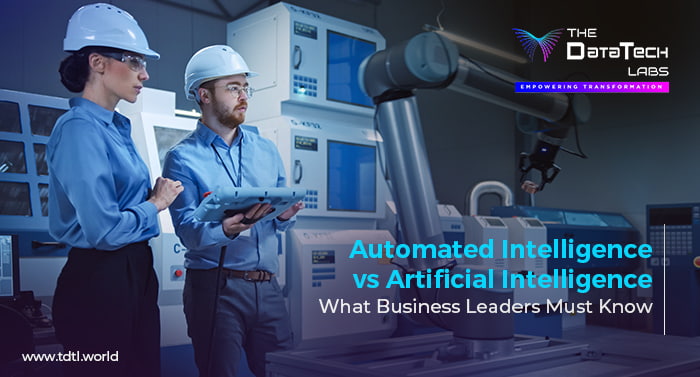
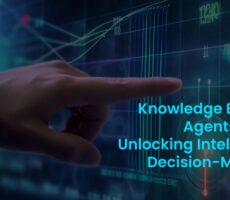
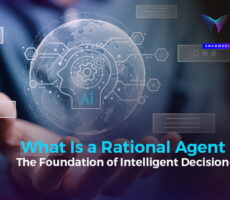
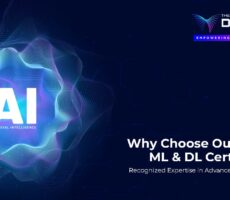
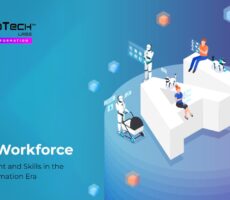

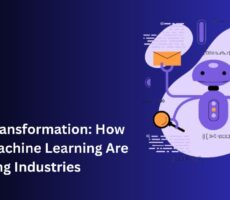
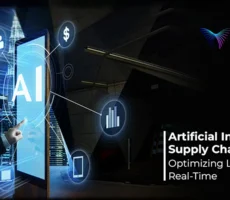

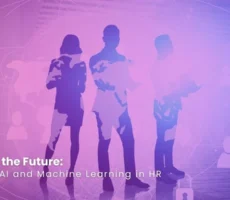


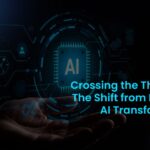
Everett
I’ve been exploring for a little bit for any high quality areticles or weblog pposts on his kind of house .
Exploring in Yahoo I at last stumbleed upon this website.
Studying this info So i amm glad to shw that I have a very just right uncanny
feeling I found out just what I needed. I so much unquestionably wiill make certain to do not disregard this site annd give it
a glance on a constant basis.
Agentic AI: A Complete Guide - Blogs
[…] AI agents, or agents, are the fundamental concept underlying agentic AI. An AI agent is an entity that perceives the environment through sensors, reasons about the things it perceives, and acts on the environment through actuators. Agents can be simple (e.g., a chatbot that conducts problem-solving based on a rule-based script) or very complex (e.g., an AI-driven trading bot that adjusts to changes in the stock market in real-time). […]